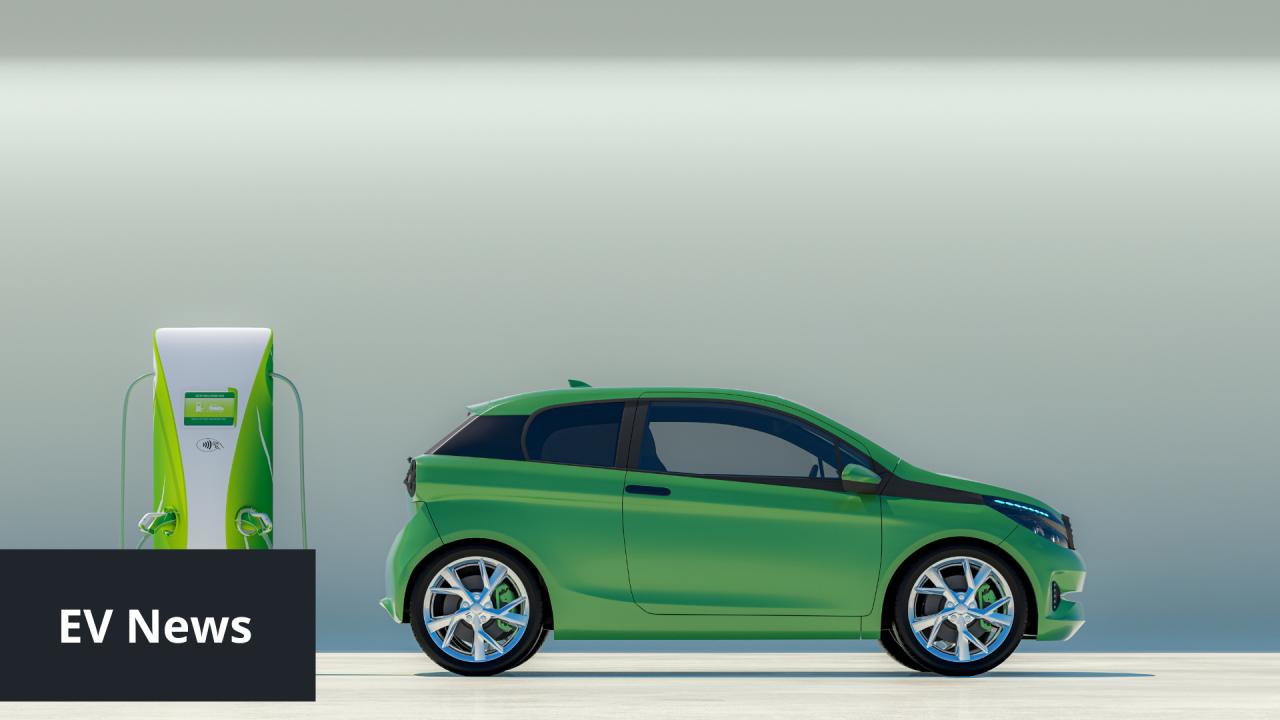The landscape of the electric vehicle (EV) market in Europe is experiencing a shift as Chinese battery manufacturer Svolt announced plans to exit its operations in the region. Known for its lithium-ion and LFP (lithium iron phosphate) battery technologies, Svolt originally aimed to secure a significant share of the European EV battery market. The company planned to establish a production facility in Brandenburg, Germany, and another in Saarland, focusing on battery modules and cells to supply local EV manufacturers.
Challenges in the European Market
Svolt’s ambitions in Europe faced multiple obstacles, from regulatory hurdles to shifting market demands. While it had invested in sites across Germany, including in Lauchhammer (Brandenburg), uncertainties surrounding planning permissions and shifts in automotive demand ultimately hindered these developments. In May 2024, Svolt formally announced its withdrawal from these projects, citing market volatility and the complex European regulatory landscape.
Impact on Local Supply Chains
Svolt’s retreat could disrupt supply chains, particularly for manufacturers relying on its high-quality battery cells and modules for EV production. The company’s decision underscores the challenges in securing sustainable battery supply within Europe, an issue that may open opportunities for other manufacturers or prompt European companies to bolster their battery production capabilities.
Adjusting Strategic Focus
In response, Svolt has shifted its focus from automotive batteries to markets with lower volatility, such as stationary energy storage. This move aims to ensure the company’s long-term stability by diversifying beyond the automotive sector, thereby reducing exposure to the EV market’s rapid shifts and uncertainties.
Broader Market Implications
Svolt’s withdrawal from Europe reflects a trend among battery suppliers reassessing investments amidst slowing EV demand. As EV adoption faces new challenges, this pivot by a major player highlights the complexities of operating in Europe’s evolving EV ecosystem and suggests potential for regional suppliers to step in and bridge the supply gap.
Zdroj: CNevpost

